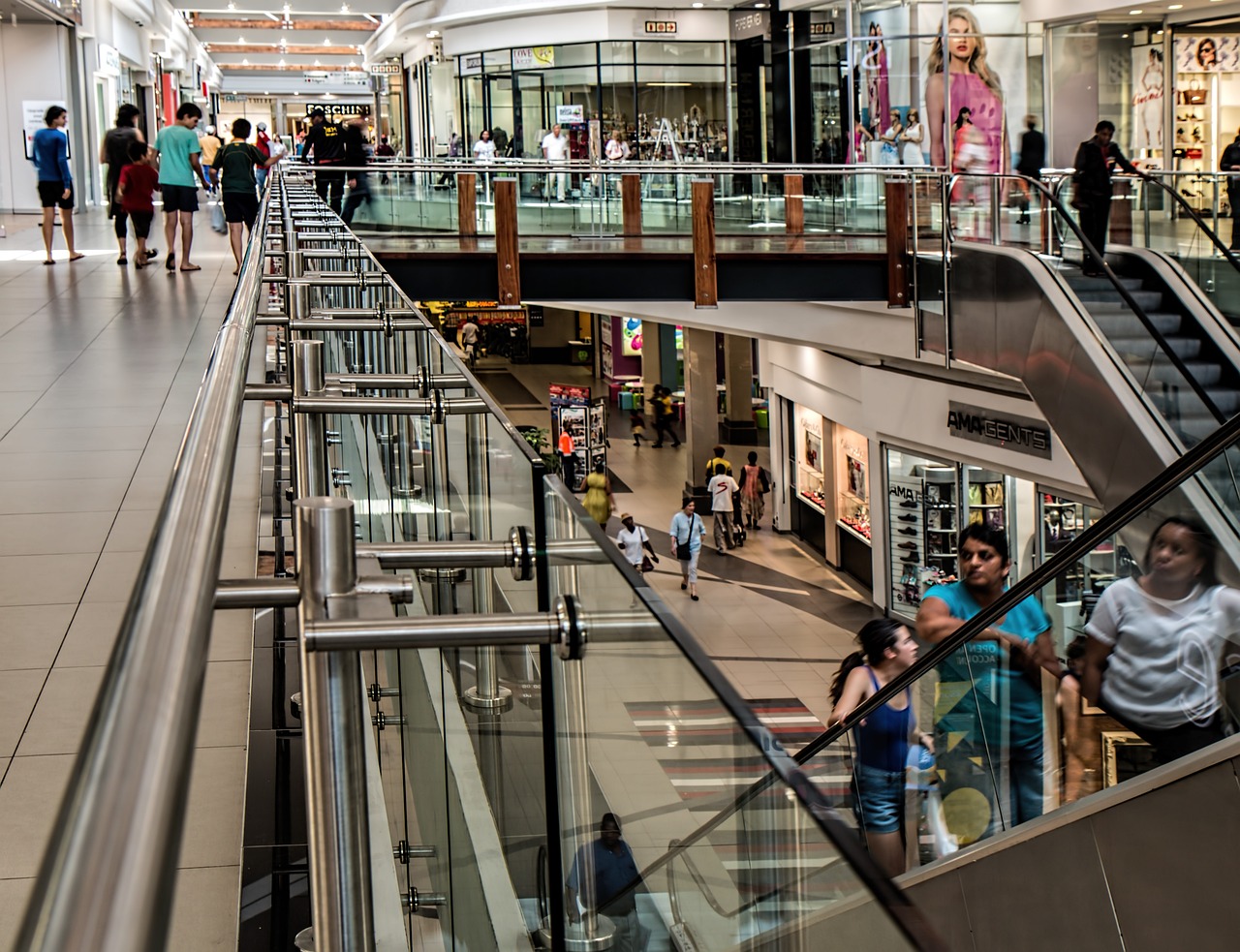Opening a physical retail store can be intimidating and challenging. While stores are a great tool to expand your business, the leasing procedure can be overwhelming and daunting.
This retail leasing process guide will offer you an overview of the leasing process, strategies for selecting a retail location, and tips for negotiating a lease that supports your business objectives.
How does retail leasing work?
Prepare a Business Plan & Budget
It is important to prepare thoroughly. Developing a business plan will assist you to decide your goals and comprehend your business. It can also detect areas where you may need additional expertise. You may also require a business plan when getting in touch with landlords. Experienced leasing managers will do all their homework and research to make sure new tenants can pay the rent. This is one of the major factors before you sign a retail lease.
Develop a Location Strategy
Once you have comprehended your objectives and expenses, selecting the correct location for your retail lease is critical for success. Some of the questions that can you can ask before determining your location are where customers are located, the type of environment that will be the most preferable for your business, the ideal co-tenants, and the requirements for your business to function. Once you have received satisfactory responses to these questions, you can start zeroing in on your location. This is the second step of the retail leasing process.
Negotiate a Letter of Intent
Once you have decided on the location for your retail lease, the landlord will provide you with a letter of intent (LOI) that spells out the basic terms of the lease, e.g. rent, length of term, and so forth.
Sign the Lease
Once you approve all the terms of your retail lease, the landlord will draft the lease. It’s important to assess the lease with a lawyer. Moreover, if the contract is not catering to your needs, don’t be afraid to away from a lease negotiation. This is one of the most important steps of the leasing process.
Delivery Date
On this date, the landlord will deliver the retail space to you. Occasionally, the landlord will be required to conduct some construction work before delivering the space. Delays could mean extra costs for you. Make sure there are penalties if they miss out on the delivery date. This is one of the crucial factors of the leasing process.
Kinds of Retail Leases
Permanent vs. Temporary
When you sign a permanent retail lease, the term is longer than one year. But on the other hand, a temporary lease refers to a term that is less than a year. While the rent and built-out needs may be lower; the landlord frequently has a termination right with a temporary lease.
In a nutshell, while the retail leasing process can be daunting, physical stores are a great way to get new customers and expand your business. By correctly understanding your target market and setting a realistic budget and timeline, you can get your store to succeed through retail leasing.
More stores lead to more leases. Managing all of them can be challenging and often result in errors. This is where CRE Lease Matrix enters the picture. It is a comprehensive and robust lease management platform. This all-encompassing software can be used to manage multiple leases at the same time smartly and efficiently with authentic, transparent and secure data.
